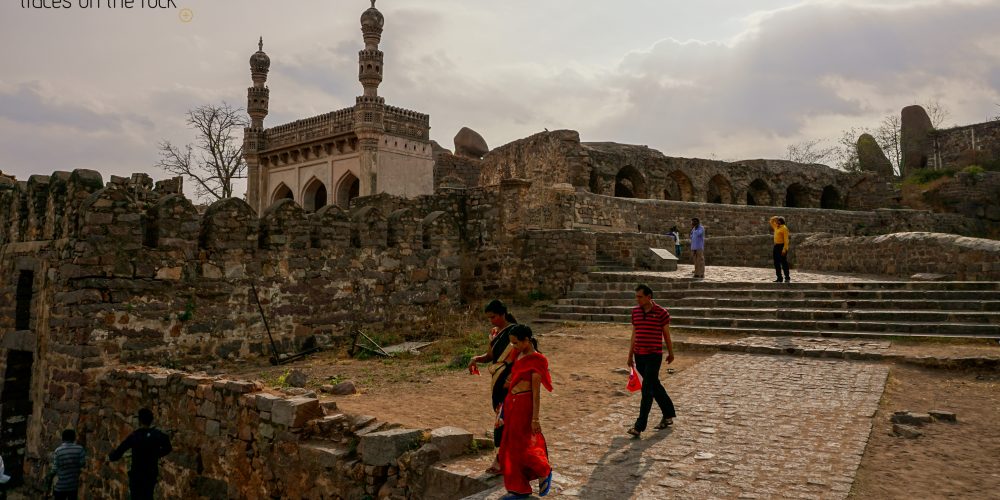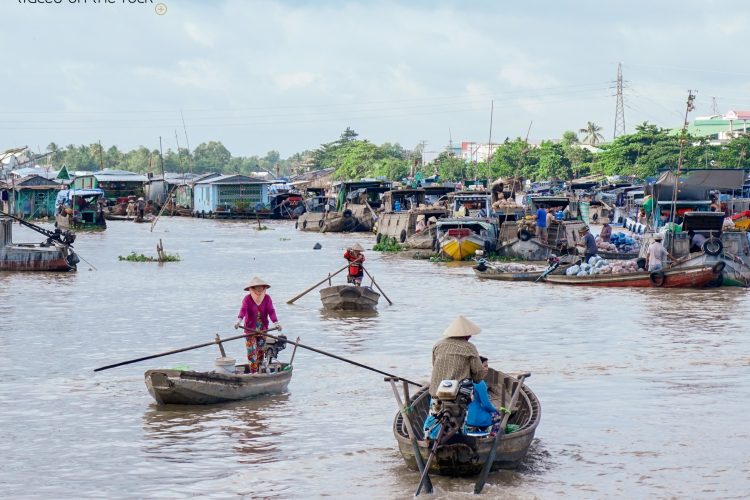Hyderabad is the capital of the newly created Indian state of Telangana in 2014. With 6.8 million inhabitants in the actual city (more than Berlin) and 7.7 million in the agglomeration, it is the fourth-largest city in India and the center of the sixth-largest metropolitan area in the country (source: Wikipedia). The city can look back on a colorful history. Muhammad Quli Qutb Shah (reigned from 1565-1611), ruler of the Qutb Shāhī Sultanate, founded the city in 1590. Under the rule of Nizam (the title Nizam al-Mulk means “Administrator of the Realm”) the City became a thriving center for Muslim culture.
The desire of the ruling Nizam at the end of British colonial rule to preserve Hyderabad’s independence or join Pakistan was forcibly suppressed by the British, and the Nizam area was annexed to India in 1948. Despite the fact, that many Muslims emigrated to Pakistan afterwards, Hyderabad still has more Muslims than any other Indian city. About 30 percent of the inhabitants are Muslims. Telugu and Urdu are the most widely spoken languages. Therefore it is no surprise that the muezzin had awakened me every morning. Hyderabad is now an important business location in India. With the acclaimed name Cyberabad or HITEC City or Genome Valley, the city has become a center for the IT, biotechnology and pharmaceutical industry over the past two decades.
Despite that, I could not warm up with the city. I visited some sights and museums and was mostly disappointed. I had the impression that the city neglected its cultural assets. Maintenance measures and renovations seemed to me more like a patchwork. If something crumbles, it is painted with another layer of paint. Dozens of ornaments disappear under multiple layers of paint and have lost their form and splendor. Some museums seem to have no financial means to modernize exhibitions and thus to give care to valuable exhibits. The displays of the exhibitions, the showcases and information boards are outdated, dusty and partly poorly preserved.
English explanations or information are rare. This situation is even more frustrating, when foreign visitors have to pay a higher entrance fee and an additional photography fee. Unfortunately, poor financing only reflects the importance that culture plays in the overall budget of India.
Comparison of household expenditure in culture and military
In crores of Rupees
Source: Ministry of Finance India
| Period | Culture | Military | Household Budget |
| 2016 – 2017 | 2,296.53 | 351,549.79 | 1,975,193.71 |
| 2017 – 2018 | 2,738.47 | 359,854.12 | 2,146,734.78 |
| 2018 – 2019 | 2,843.32 | 404,364.71 | 2,442,213.30 |
While the state provided just 0.1% of the total budget to the Ministry of Culture in 2016-2017, the military received around 18%. Although grants increased overall over the next few years, the percentage share did not change in relation to the total budget. Consequently I am not amazed by the current state of the museums, its buildings and structures, the exhibition design and the state of the exhibits. The cultural heritage with its immense diversity can not be preserved under this preconditions. I really hope that the government will soon reconsider there strategy.
It is barbarism to ask what culture is for.
Pierre Bourdieu
The cultural landscape Hyderabad obviously suffers from this financial misery. In addition to the showpiece of Birla Mandir, a Hindu temple, the city has a variety of cultural and historical attractions: Salar Jung Museum, Nizam Museum, Chowmahalla Palace, Golconda Fort, Charminar. The Telangana state tourism website provides details of all the area’s attractions. However, whether these cultural sites will attract foreign tourists in the future will certainly depend on the quality of the renovations and the exhibitions themselves. Nobody will be inspired by obsolete exhibition designs, dusty exhibits and yellowed information boards.
![]()













